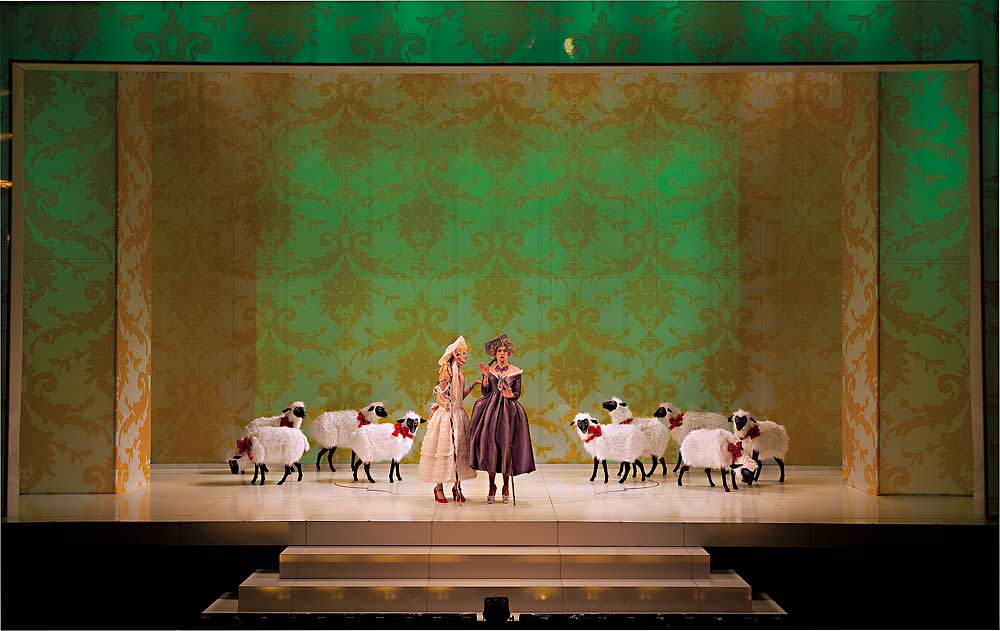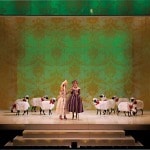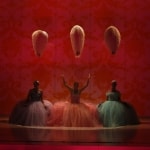In David Adjmi’s Marie Antoinette, the famous French queen is the subject of a psychological character portrait, in a period spanning the early years of her marriage to Louis XVI to her death at the guillotine. When the play transferred from Yale Repertory Theatre in Connecticut (in a co-production with American Repertory Theater) to Soho Rep in New York City, it faced an enormous downsizing, from a house accommodating 307 to one with just 73 seats. The 43×20–foot stage became a 22×27–foot performance space. Director Rebecca Taichman and set designer Riccardo Hernandez walk us through some differences between the two productions. —Diep Tran
Change the Concept
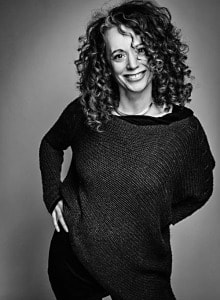
Rebecca Taichman: The ART/Yale Rep production was the polar opposite of the Soho Rep production. ART/Yale Rep centered on the idea of this person living in over-the-top decadence, in this Andy Warhol version of Versailles, and then all that being suddenly stripped away. It showed that Marie Antoinette and Louis XVI were in a bubble until the French Revolution broke through.
When Riccardo and I met later at Soho Rep, we looked at each other and said, “Forget everything we did.” The concept became that we were telling a group of people the story of Marie Antoinette, in this very cool, raw space. There’s often an idea that if a play works, it works, and if it doesn’t work, it doesn’t. Marie Antoinette was a testament to the power of the production, and how much you can shift the meaning and tonal experience based on how you present it.
Remove All Scene Changes
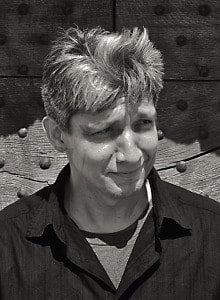
Riccardo Hernandez: All of the surfaces in the original production were made of glass, because Marie lived her life in this glass prison.
Taichman: The glass wall [pictured above] had two layers: One was etched with fleurs-de-lis and put on top of another layer of glass. Our lighting designer at Yale, Chris Akerlind, paints with light, so after each scene, it was as though you were in a new space. Every couch looked exactly the same, with massive trays of candies and cakes. The scene changes were all through lighting, props and clothes. And then once we got into Act 2, it stopped. She didn’t have stuff anymore, so there was no more stuff. The stage became a virtual crypt.
Hernandez: During the Revolution, we dropped mounds of dirt onto the stage. At the same time, the fabric that hung behind the glass wall fell down, and the lighting changed. It went from a kitschy world to Beckett’s no man’s land.
At Soho Rep, because it’s such a small room, the audience became a voyeuristic entity. We had a monumental white slab with Marie’s name on it, which set a very theatrical tone to how the actors behaved in the room. It became very intimate—just the opposite of what we did at ART/Yale.
Taichman: That white slab was a memorial to Marie. There was a constant awareness that we were making a play about her, and investigating her life from a contemporary point of view.
Reduce Marie’s Closet
Taichman: Marie was an icon of fashion. At Yale, we thought she was too restless a spirit to wear the same thing. A lot of her power came from fashion. So all of her costume changes were onstage. And actually, in real life, if you were in a certain class, you could watch her get dressed in the morning. At Soho Rep, Marie had one fabulous dress. It became more about finding a defining look that could sustain itself through the first act and had its own iconography of decadence and extreme fashion—but at the same time, it was not literal.
Trim the Flock
Taichman: At Yale, we had an assembly line of sheep. It was as though Marie manufactured the most perfect-looking sheep! In real life, Marie did have her sheep perfumed, and she put ribbons on them, to make them look un-sheep-like. For Soho Rep, there was a kind of surreal feel of just this one iconic sheep. It felt true to the scaled-down version, which was more muscular, raw and simple.
Marie Antoinette by David Adjmi ran Sept. 1–29, 2012, at American Repertory Theater in Cambridge, Mass., Oct. 26–Nov. 17, 2012, at Yale Repertory Theatre at New Haven, Conn., and Oct. 9–Nov. 24, 2013 at Soho Rep in New York City, all under Rebecca Taichman’s direction. The ART/Yale Rep production featured scenic design by Riccardo Hernandez, costume design by Gabriel Berry, lighting design by Christopher Akerlind, sound design by Matt Hubbs, puppet design by Matt Acheson, voice coaching by Jane Guyer Fujita, choreography by Karole Armitage, fight choregraphy by J. David Brimmer and stage management by Amanda Spooner.
The Soho Rep production featured set design by Hernandez, costume design by Anka Lupes, lighting design by Stephen Strawbridge, sound design by Hubbs, wig design by Amanda Miller, projection design by Christopher Ash, props by Jon Knust, choreography by Sam Pinkleton, fight direction by Michael Rossmy, illustration by Bee, production stage management by Spooner and production management by BD White.

